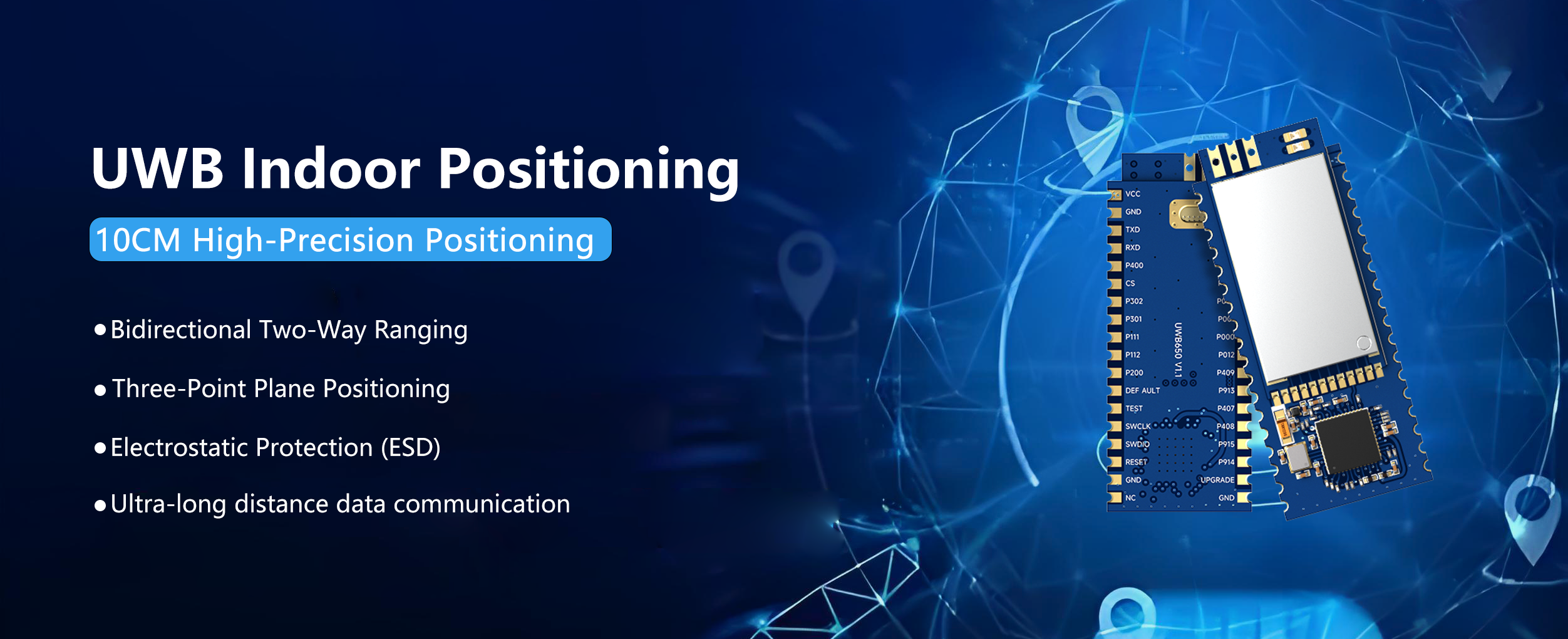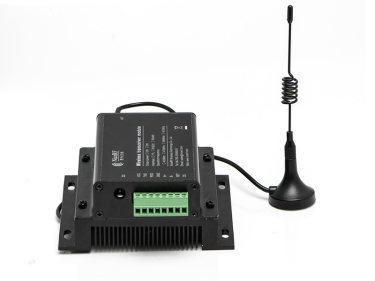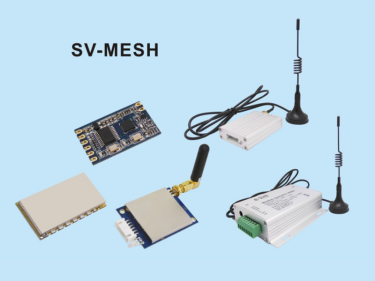Wireless Module: How to Improve Its Transmission Distance
The communication distance is a very important indicator of the wireless module. Many users may find that the communication distance of the device cannot reach as far as the specification when using the device. In fact, the communication distance will be affected by many factors, and the ideal communication situation cannot be achieved simply by powering on the device. So when the communication distance does not achieve the desired effect, what aspects should be improved?
Wireless Module: Tips to Improve Its Transmission Range
1. Power adjustment
First of all, the problem of power supply should be considered. The operation of the wireless module will be affected by power supply noise, including various glitch voltages and high-frequency harmonics. It is necessary to use a suitable power supply for decoupling to eliminate the voltage glitch on the power line. Ensure that the RF signal output by the antenna pin is stable and reliable.
In addition to various glitch voltages and high-frequency harmonics, the most important is the influence of the switching frequency in the DC-DC circuit. If the switching frequency of the DC-DC is greater than 500KHz, the leakage of the local oscillator will interfere with the receiving sensitivity of 500KHz. It is recommended that customers choose a switching power supply or a DC-DC chip with a DC frequency less than 200KHz in applications with wireless receiving modules.
At the same time, the wireless module is also a power-consuming device, which requires a stable power supply to ensure the working state. When selecting a power supply, it is also necessary to consider whether the power supply capacity of the power supply can support the power loss of the module operation. It is best to ensure that the power supply performance of the power supply can have a margin of more than 30%.
2. Transmitter and receiver adjustment
The transmitter and receiver need to be adjusted accordingly for different application scenarios. For example, if you need to perform wireless transmission for several kilometers, it is recommended to choose a wireless module with a transmit power of 30dBm, or more than 1W, and a higher receiving sensitivity, preferably an additional power amplifier (PA) and a low noise amplifier (LNA) module, otherwise the long-distance wireless transmission effect cannot be guaranteed.
3. Antenna adjustment
The system gain of a wireless system is equal to the sum of the transmit power and the antenna gain, so the quality of the antenna gain has a great influence on the long-distance transmission effect of the wireless system. When the antenna and the system are matched with each other, the higher the antenna gain, the longer the effective transmission distance of the entire system will be.
The general gain of common small sucker antennas is 2.0dBi, and the gain of some outdoor antennas with relatively strong performance can reach 5-8dBi. If the long-distance data transmission effect is unsatisfactory, the antenna can be properly replaced, and the antenna with higher gain can be replaced, which can effectively expand the transmission distance of the wireless module.

In addition to the selection of the antenna, the installation of the antenna is also very important. When installing and erecting, try to install the antenna as high as possible. At the same time, adjust the position of the connected antenna to be in a parallel state with the same horizontal plane. The wireless signal sensing surface can reach the maximum state, ensure the maximum strength of the electromagnetic signal sent and received, and maximize the transmission distance of the wireless signal.
4. Transmission path
Although the wireless signal does not have a specific shape, it is transmitted in a straight line in the air. If an obstacle is encountered during the transmission process, it will have a great impact on the transmission effect, especially the metal obstacle, which not only has the effect of blocking the wireless signal, Metal also has a certain absorption and reflection effect on electromagnetic waves, which seriously affects the quality of signal transmission. Therefore, when the wireless module performs long-distance wireless transmission, it is necessary to select a suitable transmission path, try to avoid the influence of various obstacles on the transmission, and ensure that the transmission channel is clean and smooth.
5. Working frequency adjustment
After entering the information society, wireless transmission has been integrated into all aspects of our lives. Various wireless transmission devices can be seen everywhere in life, but wireless devices in the same frequency band will interfere with the communication of other devices around. Therefore, during the actual installation of the equipment, it is necessary to conduct a certain survey of the electromagnetic environment at the installation site, and try to select a cleaner channel frequency to avoid mutual interference with other equipment in the environment.

Communication distance is a relatively complex indicator in wireless transmission systems, and this indicator will be affected by various factors and environments. In order to achieve the ideal communication distance of the wireless module, it is necessary to consider as comprehensively as possible, to eliminate adverse effects as much as possible from all aspects, and to ensure the stable operation of the wireless system.
 +86-755-23080616
+86-755-23080616
 sales@nicerf.com
sales@nicerf.com
Website: https://www.nicerf.com/
Address: 309-314, 3/F, Bldg A, Hongdu business building, Zone 43, Baoan Dist, Shenzhen, China




